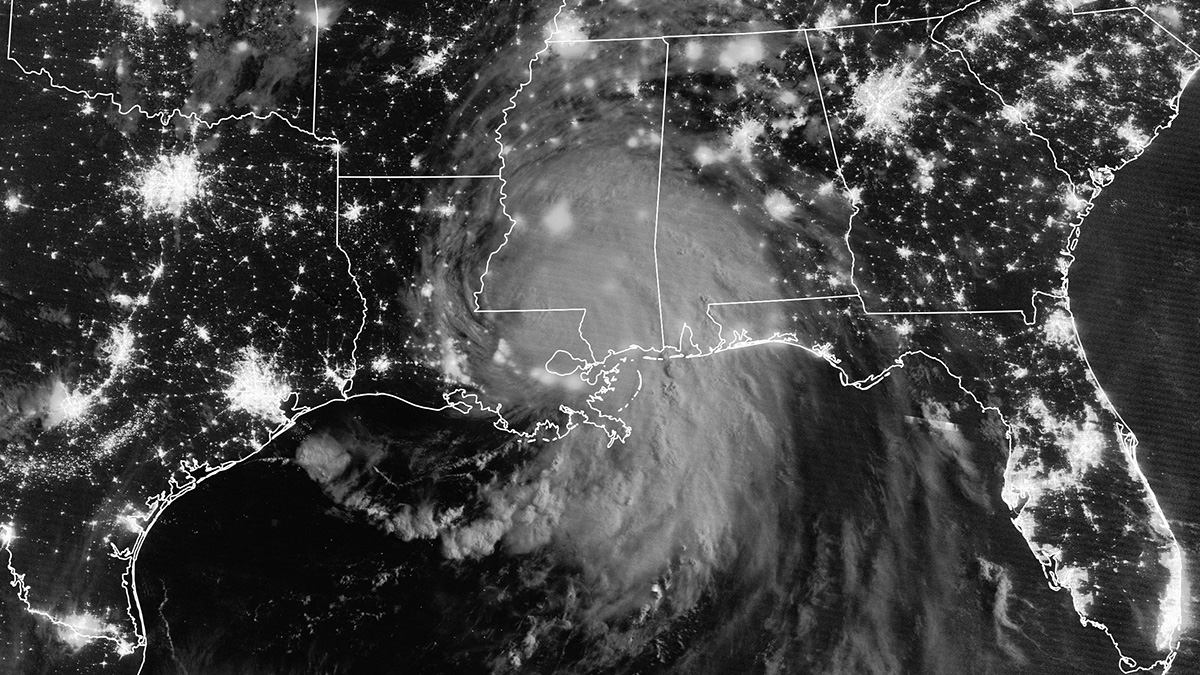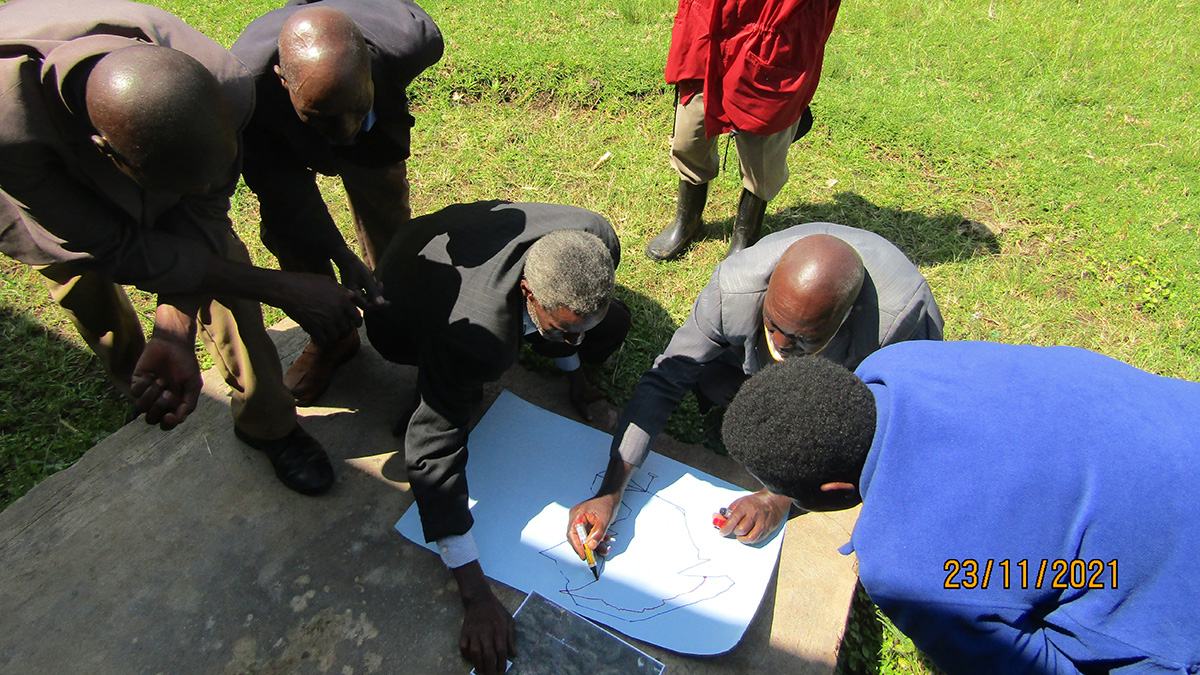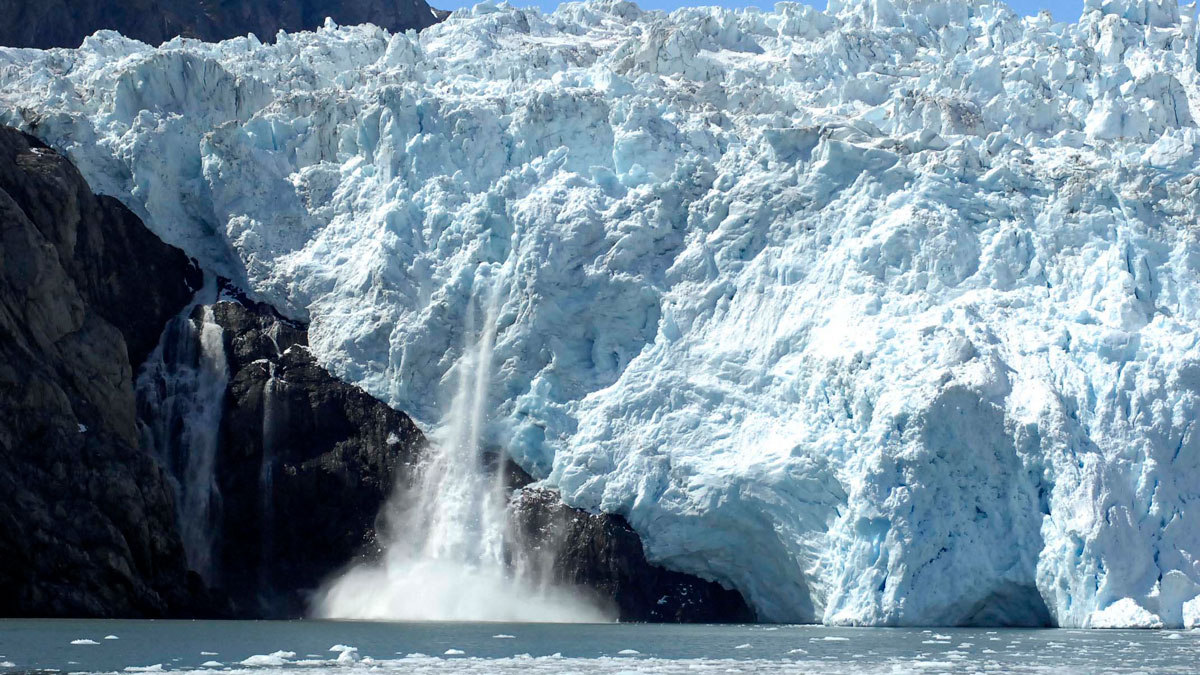Constructed wetlands can significantly reduce water pollution from tile-drained farms.
News
Written in Stone: Inca Buildings Remember Ancient Earthquakes
Damage to the Inca buildings of Cusco reveals a forgotten earthquake history that could help scientists understand modern seismic hazards.
Impact Crater off the African Coast May Be Linked to Chicxulub
The underwater crater, spotted serendipitously in commercial observations of seafloor sediments, is believed to have formed at roughly the same time as the famous Cretaceous-Paleogene impact event.
Un nuevo enfoque para un misterio sin resolver en la economía climática
¿Tienen los cambios de temperatura impactos económicos duraderos? Un truco “ingenioso” que identifica tendencias climáticas nos lleva un paso más cerca a abordar esta vieja pregunta en la economía climática.
Early Life Learned to Love Oxygen Long Before It Was Cool
Laboratory experiments show that earthquakes may have helped early life evolve in an oxygen-free world.
Radiocarbon’s Blast from the Past
Radiocarbon dating is a cornerstone of climate and archaeological sciences. But the method is under threat as fossil fuel emissions negate a useful signal from atomic tests.
The Amazon Rain Forest Can’t Keep Up with Droughts
Droughts in one region of the Amazon can lead to less moisture elsewhere, and trees may not adapt quickly enough to survive.
Proyecto de ciencia comunitaria ayuda a rastrear los riesgos geológicos en Uganda
Un proyecto comunitario en las tierras altas de Kigezi está ayudando a identificar puntos calientes de deslizamientos de tierra e inundaciones y cómo los peligros están evolucionando.
Supervolcanoes Linger a While, Then Rush to Erupt
Geologists examined crystals in rock from four massive eruptions in the Chilean Andes.
Alaskan Glaciers Advance and Retreat in Satellite Imagery
Researchers tracked 19 maritime glaciers in Kenai Fjords National Park over several decades and found that tidewater glaciers tended to experience less ice loss than other types of glaciers.










